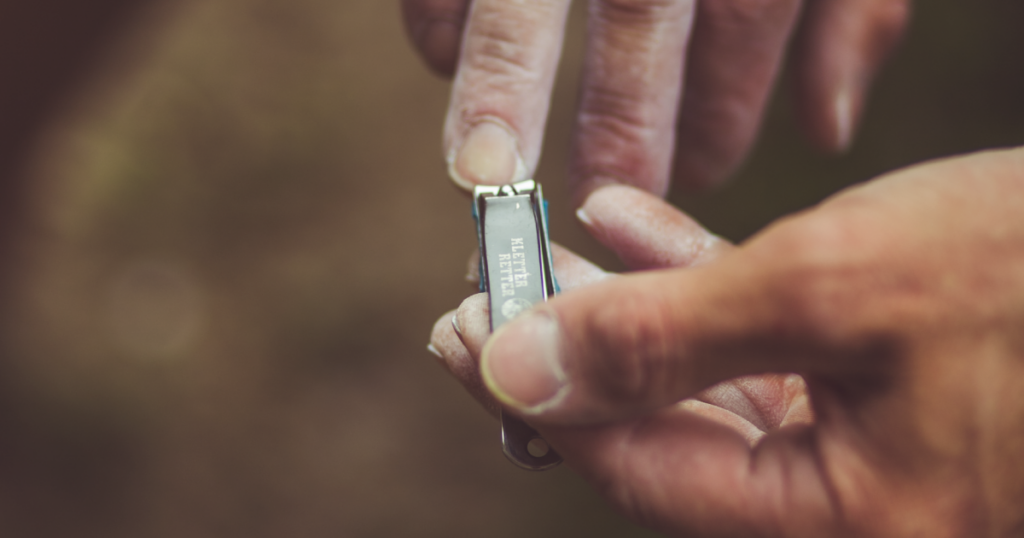Expert Blog
Common climbing skin problems (part 3/3)
This article is part of a three-part series on climbing skin care. In part 3, we cover nail injuries, irritations, and a quick reference guide.
Nail injuries and infections
Fingernails and toenails are often overlooked by climbers, but they’re just as exposed to trauma, friction, and pressure as the rest of your skin.
From toes stuffed into tight shoes to fingernail tears. Nail-related injuries can be painful, slow to heal, and prone to infection. Taking care of your nails before and after climbing is one of the easiest ways to prevent long-term issues.
Common nail problems
- Onycholysis: This occurs when the nail separates from the nail bed. It is often triggered by impact, pressure, or repeated trauma. It can also happen from over-filing or aggressive cleaning under the nail. It usually starts at the tip and moves inward, leaving a gap where dirt and bacteria can accumulate.
- Paronychia: An infection of the skin around the nail fold (the edge where the skin meets the nail). It can be caused by a hangnail, torn cuticle, or small wound, and is usually red, swollen, and painful. Sometimes pus forms. If untreated, it may require antibiotics or medical attention.
- Fungal Infections: These appear as yellow, thickened, brittle, or crumbly nails, especially in toenails that spend long hours in warm, damp climbing shoes. Fungal infections are persistent and can spread if not treated early.
How to care for your nails
- Keep your nails trimmed and smooth: short nails are less likely to tear or catch. File rough edges to prevent snags on tape, rock, or holds. For toenails, avoid rounding the edges too much to reduce the risk of ingrown nails.
- Clean and disinfect any wounds or torn nails immediately: use antiseptic wipes or spray from your first aid kit, especially if dirt or chalk is present. Open wounds near the nail fold are a fast track to infection.
- Don’t force damaged nails back into place: if a nail is partially detached or bruised, let it grow out naturally. Only cover it with a breathable bandage or tape if needed for hygiene or pressure relief in shoes.
- Air out your shoes between sessions: use odour-absorbing inserts like SmellWell.
Allergic reactions and irritations
Certain materials such as resin, latex, alcohol, and even certain cosmetic ingredients, can cause skin irritation or allergic reactions.
Climbing often involves repeated contact with chalk, tape, and skin care products, so even a mild reaction can quickly turn into a persistent issue.
Causes may include:
- Resin (rosin/colophony) in chalk or liquid chalk
- Latex in gloves or tape adhesives
- Alcohol-based disinfectants or liquid chalks
- Fragrances or preservatives in hand creams or balms
- Synthetic dyes or textile coatings on gloves or clothing
Symptoms:
- Redness or rash, especially around fingertips or joints
- Itching, tingling, or burning sensation
- Small blisters, peeling skin, or inflamed nail folds
What to do:
- Switch to resin-free liquid chalk or cream chalk
- Use breathable (zinc-oxide) tape
- Test any new product (creams, chalk, tape) on a small patch before full use
- If symptoms persist, take a break from suspected products and consult a dermatologist
Even the best climbing skin routine won’t help if an allergen is working against your skin. Listen to your body and choose your products carefully.
Quick reference guide
We’ve put together a quick reference table for you, so you can quickly see what treatment is best suited to each specific climbing related skin injury.
| Problem | Recommended products | Key course of action |
|---|---|---|
| Thick calluses | Skin file, KletterRetter Skindisc/Beedisc, KletterRetter hand cream | Keep your calluses smooth with a file, but don’t completely remove them. The goal is to leave a protective layer of skin. |
| Flappers | KletterRetter Repair Balsam, tape and first aid kit | Clean the wound, close the flapper or remove loose skin and cover it and give it a rest |
| Pinched skin | KletterRetter Repair Balsam, Skindisc/Beedisc | Clean the wound, cover it and give it a rest |
| Split fingertips | KletterRetter Repair Balsam, tape, skin file | Clean and seal the wound, moisturise, remove loose skin and protect it from further damage |
| Dry and cracked skin | KletterRetter hand cream, skin file | Drink water, hydrate and moisturise your skin and keep it smooth |
| Sweaty palms | Liquid chalk (resin-free) or cream chalk | Develop a custom chalk routine |
| Nail injuries | Nail clippers, skin file, disinfectant/anti-fungal creams, shoe fresheners | Keep your nails short and clean. Wash your hands and your feet after climbing and keep your climbing shoes dry. |
| Grazes, abrasions and cuts | KletterRetter Repair Balsam, tape, first aid kit | Stop the bleeding and clean the wound |
| Thin skin | KletterRetter hand cream, acupressure rings | Give your skin time to regrow. Moisturise regularly and stimulate circulation. |
| Allergic reactions and irritation | Liquid chalk, cream chalk, zinc-oxide tape | Eliminate the trigger, test carefully and consult a dermatologist if symptoms persist |



